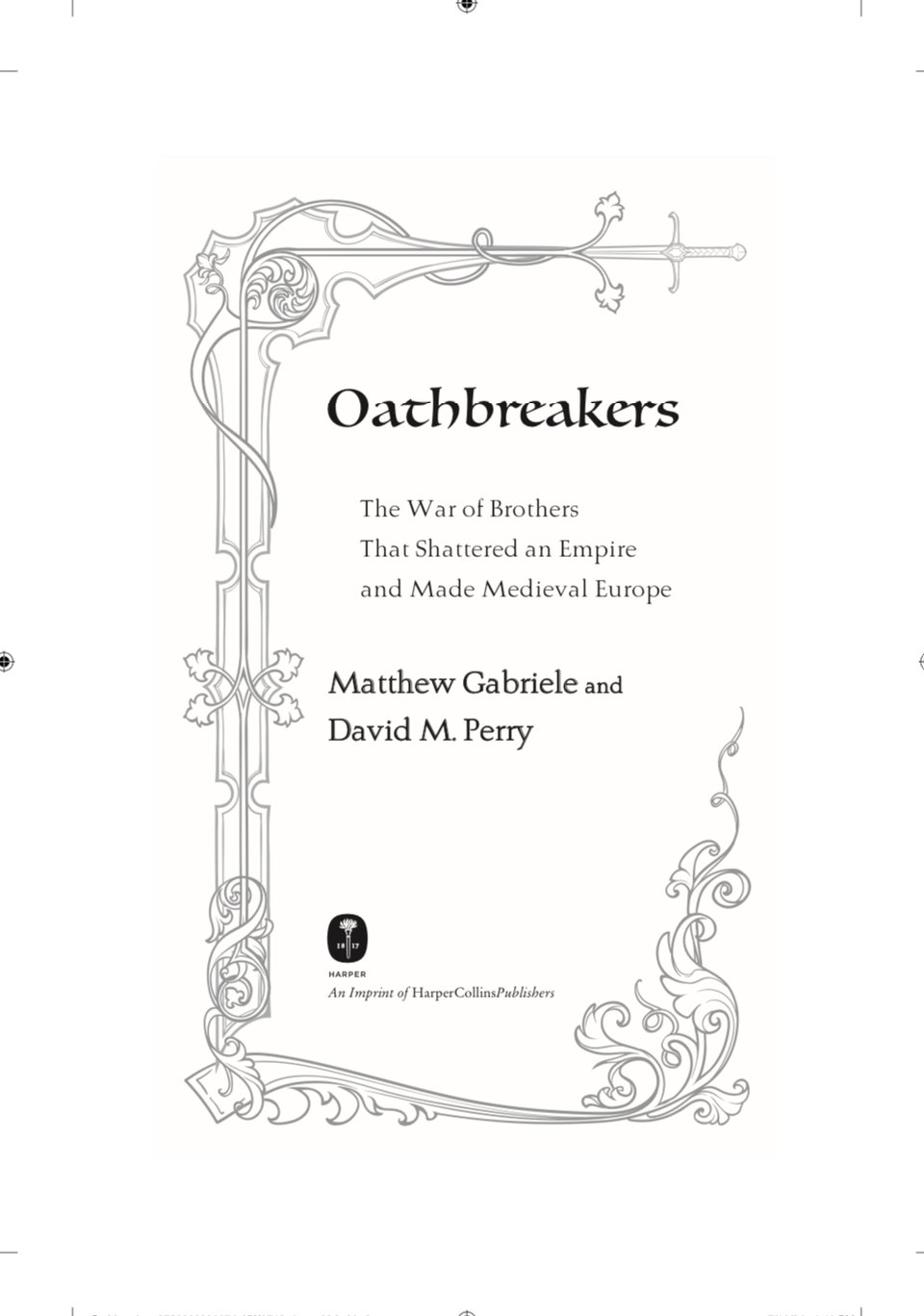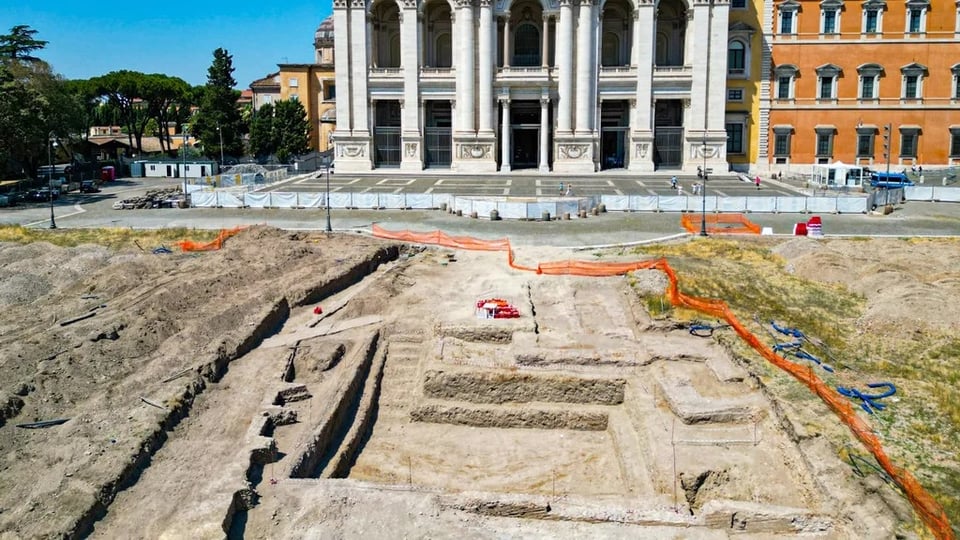Proofs (and proofs?)
quick hits on our new book and a new discovery in Rome

Modern Medieval
by David M. Perry and Matthew Gabriele
We’ve been hard at work this Summer, doing all the little things that are needed to bring a book to publication - proofreading, securing image rights, etc. But now we’ve reached a critical stage with Oathbreakers and we’re pleased to say that we have page proofs!

The book won’t be here until December, but pre-orders are open and pre-orders are love.
Coincidentally, as we’ve been working through these PDFs, we saw a news article about a new archeological discovery in Rome. Found just outside the church of St. John Lateran (in the city center, and across the river from the Vatican), this complex was the palace for the bishops of Rome until their departure for Avignon in the early 14th century. Then, the area was extensively rebuilt in the early modern period.
What’s interesting for us (and connects to our book!) is how central Rome is to our story. Although Oathbreakers is set primarily north of the Alps, in the Frankish empire of the 9th century, Italy - and Rome specifically - play a huge role.

For example, in Chapter 1, we talk about how the ruler Charlemagne took some of his family south to this very palace for a very specific reason. He needed the bishop of Rome’s help with something - to rename his son.
We write:
In the year 781, Charlemagne left his eldest sons—Pepin the Hunchback, age thirteen, and Charles the Younger, age nine—at his palace in Worms and took his other two sons— four-year-old Carloman and three-year-old Louis— to Rome to celebrate Easter. On its face, this made sense. Medieval childhood was often thought of as divided into stages, with infancy extending to about seven, then childhood from there until about fifteen. As such, Carloman and Louis were both infants and needed a lot of looking after.
We can imagine the scene of the two toddling little children, dressed in finery, attending Mass in the old St. Peter’s Basilica. The mammoth basilica had been built more than four hundred years before by Emperor Constantine I. It was cold and drafty, and the smell of heavy incense hung in the air. Perhaps they stood quietly by their father’s side, alongside their parents and minders, or perhaps they behaved like normal children their age and refused to be still or be quiet…The Mass began with chant and then a great procession passed, led by Pope Hadrian I (772–795).
Latin chant echoed throughout the space, amplified by the acoustics of the stone. The sweet smell of incense intensified. Everything seemed to be building toward something. Charles and [his wife] Hildegard were beaming but tense. The children were delighted or bored. But they were the main attraction; toward the end of the service, the pope went to his honored guests, holy water and holy oil in hand, to anoint the young ones, “the Lord Pepin to be king of Italy and the Lord Louis to be king of Aquitaine.”
Carloman had become a new Pepin, rebaptized by Hadrian I as the child’s parents looked on proudly. And yes, this is our third Carolingian Pepin, our third Carloman, and our third Charles. And there will be more.
None of this happened as a spur-of-the-moment thing; it must’ve involved tense negotiations between king and pope - dignitaries moving in and out of that same, newly unearthed palace, for months.
But the stakes were high. It was worth the cost, and the risk, for Charlemagne. He was trying to create a dynasty, by this renaming to offer stability to his reign that everyone - everyone - knew was fundamentally built on lies.

-
Built on lies? I'm intrigued. Your comment on the deep involvement of Italians north of the alps reminds me of one element of the pre-Hussite situation in Bohemia -- resentment of Italian and French clerics with influence in the papal and imperial courts vacuuming up all the good patronage.
Add a comment: